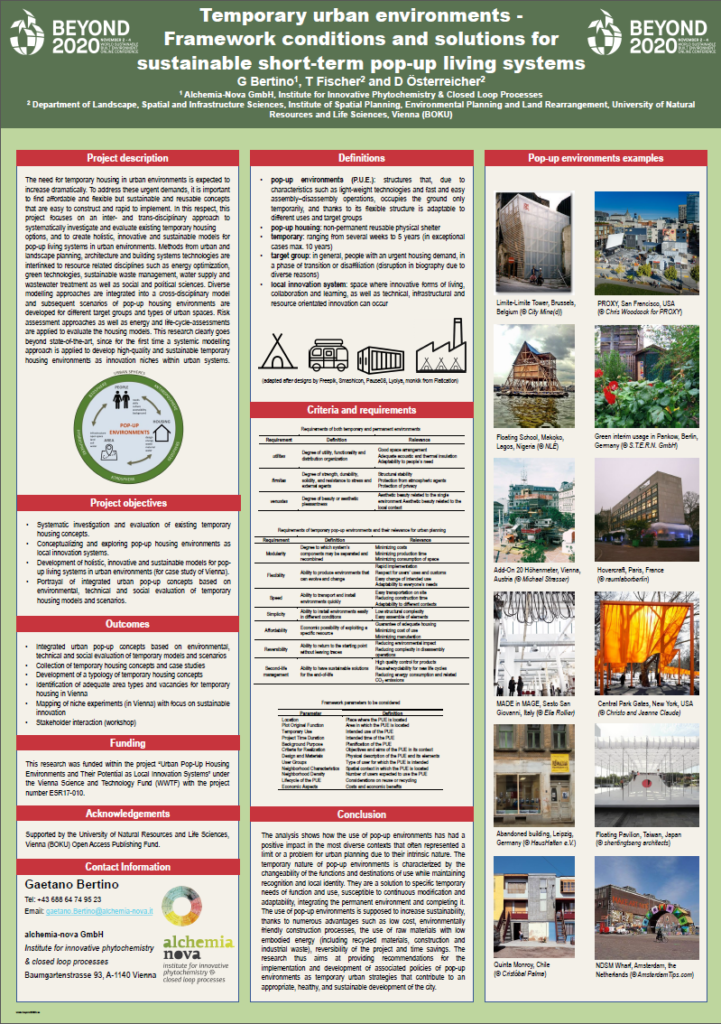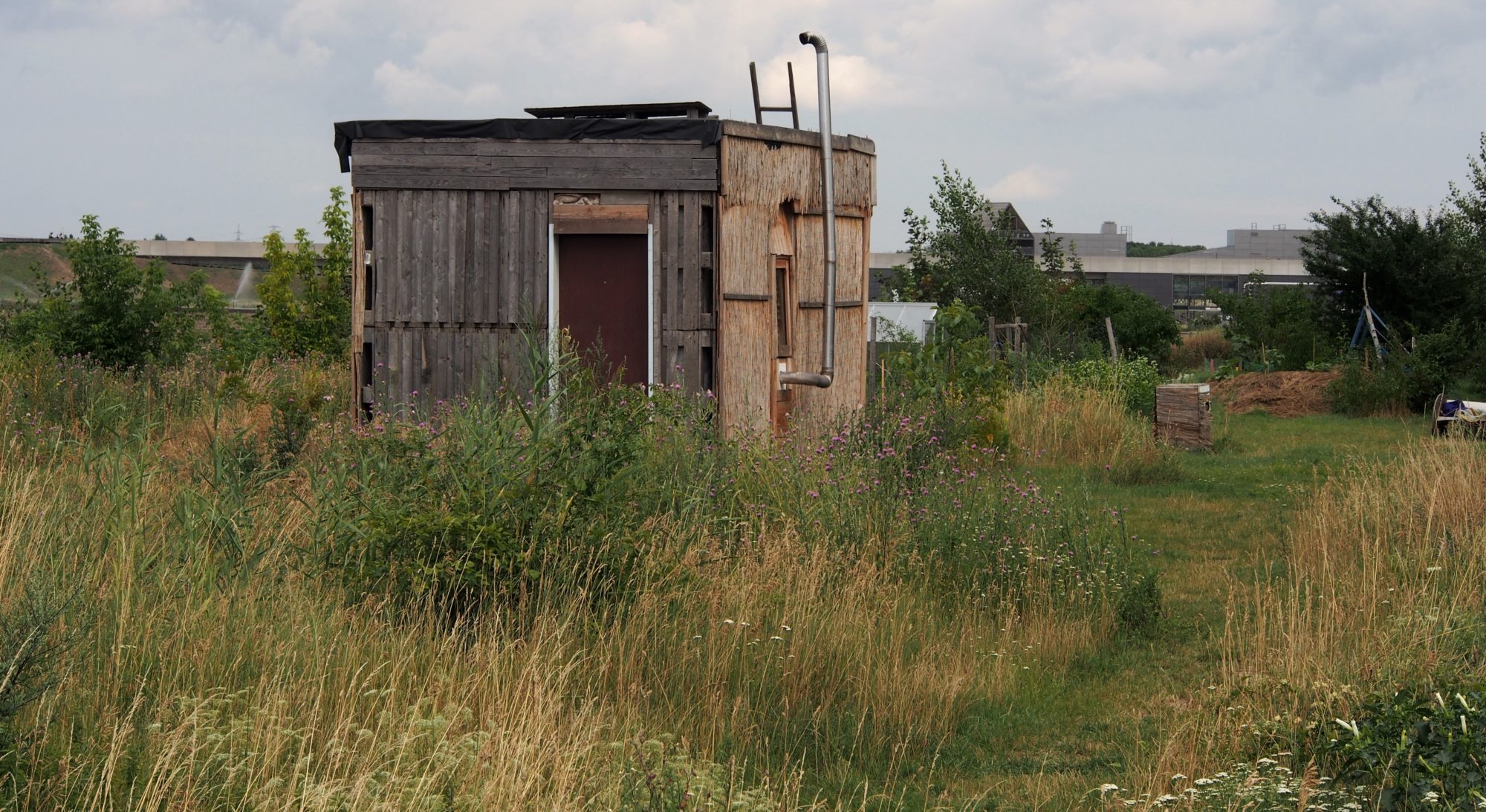Tuesday 1st January 2030 is the deadline for the “construction sector” to contribute to the fulfillment of the 17 UN Sustainable Development Goals (SGDs). But how can the building sector contribute towards the creation of Sustainable Cities and Communities of the future? What challenges and opportunities result for the building sector from implementing the SDGs?
The BEYOND2020 World Sustainable Built Environment Conference, organized by the Chalmers University of Technology from November 2nd-4th, aimed to create clear links between the most relevant SDGs and the built environment, with the focus on achieving SDG11, “Sustainable cities and communities” by the 2030 deadline. BEYOND 2020 embraced a global perspective that reaches across academia as well as private and public sectors, working together to develop concrete solutions and achievable implementation plans, incorporating research, policy, finance, education and innovative thinking, in order to create the resilient and sustainable built environments of tomorrow.
In this context, on November 2nd Gaetano Bertino presented “Temporary urban environments – framework conditions and solutions for sustainable short-term pop-up living systems” with the aim of showing how the use of temporary pop-up environments can represent a solution to some of the problems that characterize the modern city. By presenting international case studies, it was possible to define the sustainable aspects and the low environmental impact of temporary strategies. By suggesting their use in cases where urban planning fails to propose adequate solutions, a temporary approach based on circular strategies, such as the reuse of components and constructive reversibility, could contribute to the creation of sustainable cities and communities of the future.

We are happy to announce that the poster has won the conference’s Best Poster Award. 🏅
